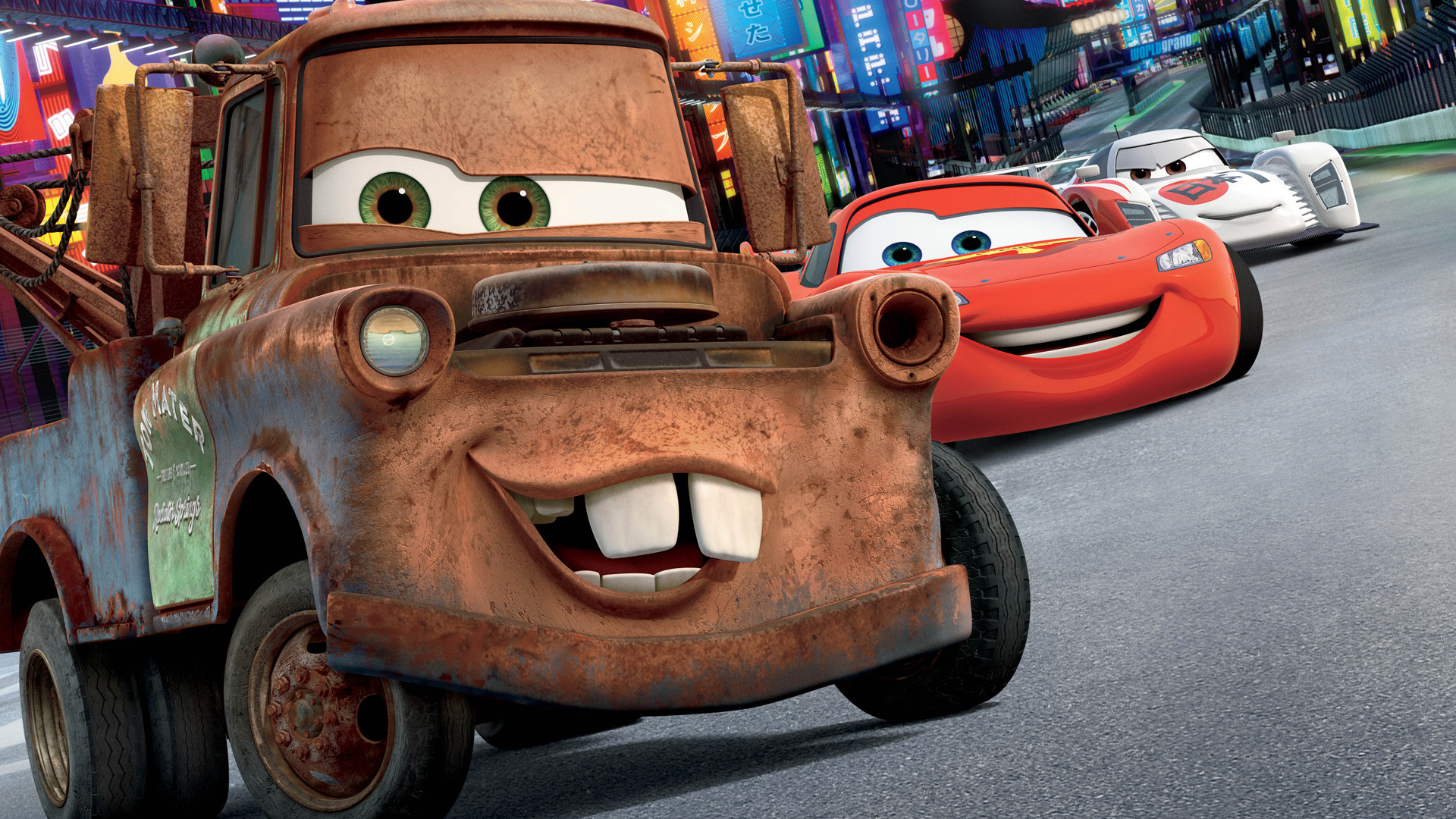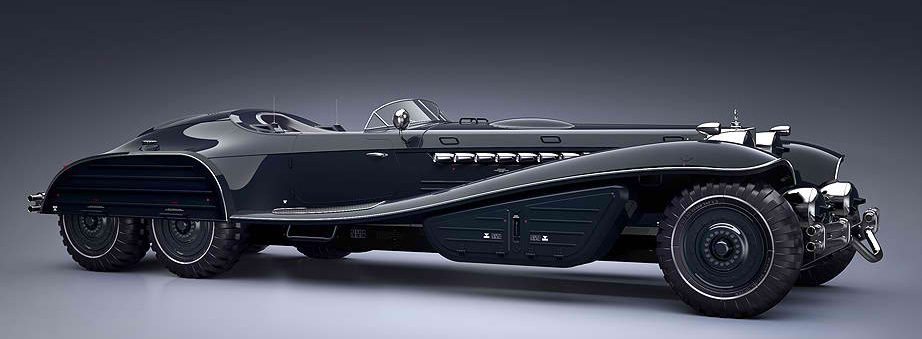

To the left is Frontierland, with attractions that include references to the midwestern and southwestern United States during the nineteenth century (Big Thunder Mountain and Mark Twain Riverboat). This is a stylized interpretation of medieval castles found throughout Europe, with inspiration also provided by Neuschwanstein Castle in Bavaria, a neo-gothic and Romanesque revival style palace built during the 1880s.ĭirectly ahead is Fantasyland, with rides hidden within or adjacent to buildings that resemble a historic European village (such as the King Arthur Carrousel and Snow White’s Scary Adventures).

Here you will also find the focal point of the entire park, a castle devoted to the fairytale princess Sleeping Beauty. Guests can ride into the park on a variety of vehicles including a horse-drawn streetcar and a replica of an antique fire engine.Īt the end is a traffic circle, which serves as a central hub with different themed neighborhoods radiating outward. You enter the gates and proceed down Main Street, which is a reproduction of a midwestern American town circa 1900. When arriving at the gates of Disneyland, you immediately see a railroad with steam powered locomotives reminiscent of the nineteenth century. Historical elements are both pronounced and ubiquitous in Disney parks. More often these are elements of design or narrative that are incorporated into the imaginary themes of structures or attractions. Sometimes these are representations of real events or people, such as the animatronic figure of Abraham Lincoln that anchors the Great Moments show. Historical references unrelated to its corporate history also appear at Disneyland. This was displayed throughout the park and incorporated into the design of multiple retail and restaurant offerings, ranging from emblematic suitcases to plastic lighted diamonds that were added to premium cocktails. During the past year, the original Disneyland celebrated its 60th birthday, for which a special Diamond Anniversary logo was created. Elements of Disney heritage often appear in the theme or design of products offered in retail stores, especially characters from the Disney archives.ĭisney also deliberately uses milestones in its corporate history as promotional opportunities. Vintage photographs and memorabilia are displayed throughout the lobby of the Disneyland Hotel. The World of Color extravaganza at California Adventure, which is an outdoor light and video show that substitutes for the evening fireworks at many other parks, is essentially a documentary about the life and legacy of Walt Disney. A statue of the man standing alongside his most famous character, Mickey Mouse, has a place of honor at the center of Disneyland. This is especially notable at the original Disneyland in California and the adjacent Disney California Adventure expansion. Corporate Heritage at DisneyĪs the Disney parks grow older, thematic elements increasingly refer to the history of the company and the foundational role of Walt Disney. Disney has appropriated genuine historical references and integrated these within fictional proprietary narratives, to create a blend of real and false (or faux) heritage that has become the core of its brand identity. Occasionally such themes relate to the heritage of the company itself, but in many cases they refer to our broader cultural heritage. Less understood, especially among people who have never visited one of these parks, is that Disney themes are often historical. The Unreal Thing: Faux Heritage at DisneyĪlmost everyone understands that fantasy is integral to the thematic elements in a Disney amusement park.


 0 kommentar(er)
0 kommentar(er)
